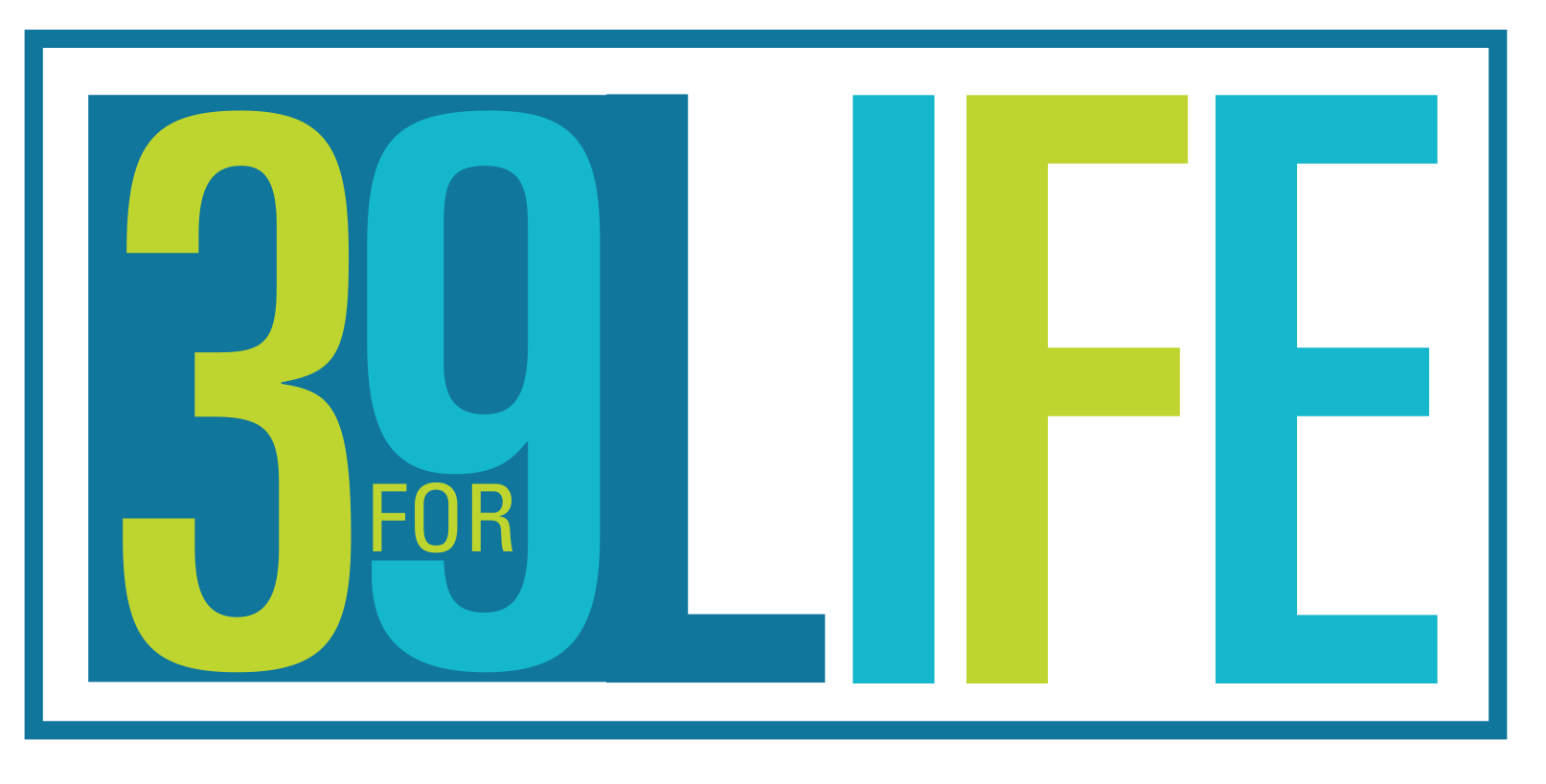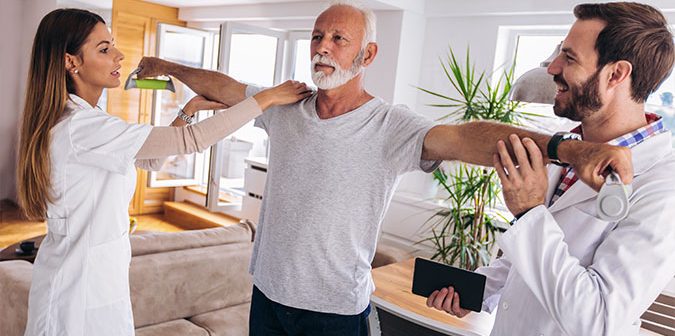Every 40 seconds, someone suffers from a stroke, and every four minutes, a stroke results in death.
Strokes are a major cause of disability in the United States. However, rehabilitation can help restore function and improve the chances for patients to return to the activities they enjoyed before the stroke.
“Stroke can occur at any age, and if not treated properly, can result in long-term disability,” says Thomas Daynes, administrator at Hillcrest Heights Healthcare Center. “Specialized rehabilitation programs can help a stroke victim regain lost skills and reach a full recovery.”
Rehabilitation after a stroke is different for every patient and is tailored to his or her injury. It may take place in a hospital, rehabilitation center, long-term facility, or even home. These therapies are some of the interventions that could be included in a rehabilitation plan after a stroke.
Physical therapy
Physical therapy is an important part of stroke recovery. Someone who has had a stroke may experience a wide range of changes to their physical abilities, and they might need to regain strength. A stroke can weaken muscles, making it difficult to walk or even perform smaller tasks with the hands. A physical therapist can help a person relearn gross and fine motor skills.
Occupational therapy
After a stroke, occupational therapy can work hand in hand with physical therapy to help a person regain physical abilities that make it possible to perform basic but important tasks: Occupational therapy can help people who cannot do activities that once seemed small, like getting dressed or eating breakfast. The therapy may focus on fine motor skills and cognitive processes to make these activities easy once again, making it possible to meet the simple day-to-day tasks we take for granted.
Speech therapy
A stroke can leave lasting neurological damage that makes it difficult to speak and communicate well. More than a third of people who have a stroke affecting the left side of their brain experience language problems. For these patients, speech therapy is critical for restoring language skills. Along with improving communication, speech therapy also helps improve memory, organization and other cognitive skills. People who have trouble swallowing can also benefit from speech therapy.
Addressing spatial neglect
It is common for people who have had a stroke to experience something called spatial neglect: They may not be aware of part of their body and the area around it, often the left side of the body. Spatial neglect can lead to injury from walking into objects on the affected side of the body or failing to groom properly. Dealing with spatial neglect could involve occupational and speech therapy to help train a person to use that part of their body again.
A stroke can be a devastating and life-changing event. A rehabilitation plan can help reduce disability as people relearn skills and regain independence. With the help of doctors, therapists and family members, stroke survivors can work toward recovery.
A version of this article was published by the Daily Herald. It has been republished here with permission.




